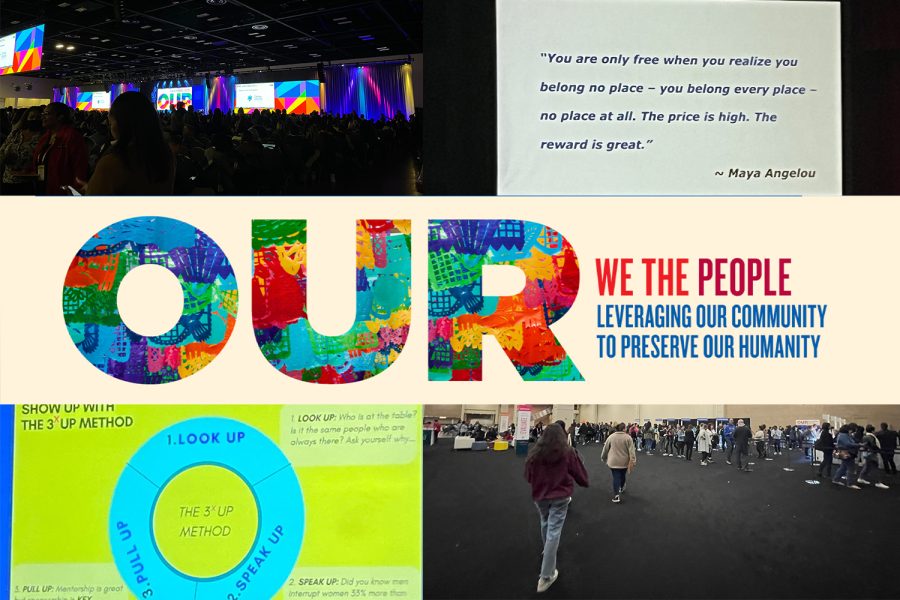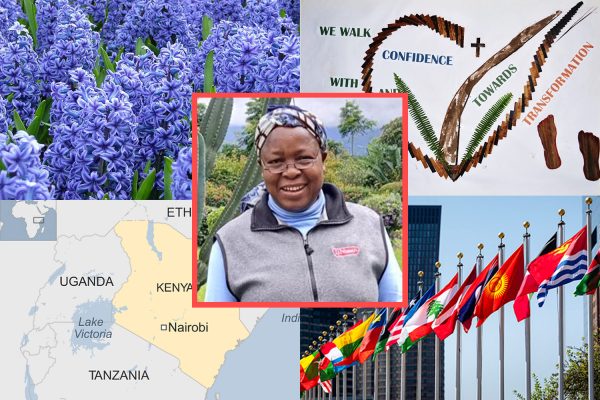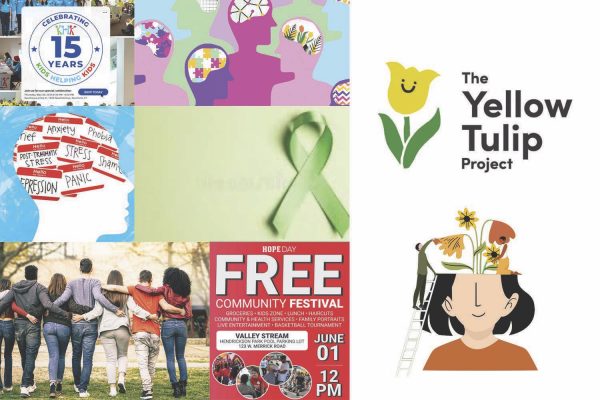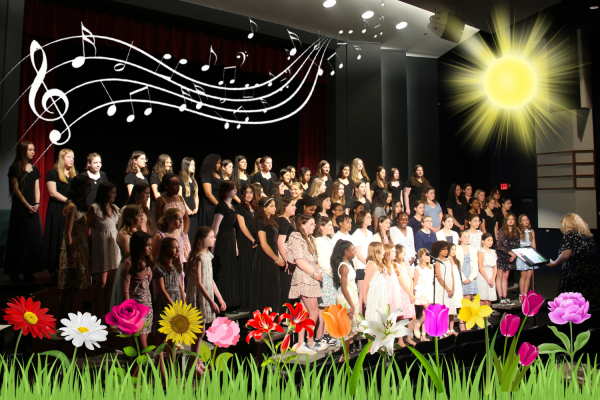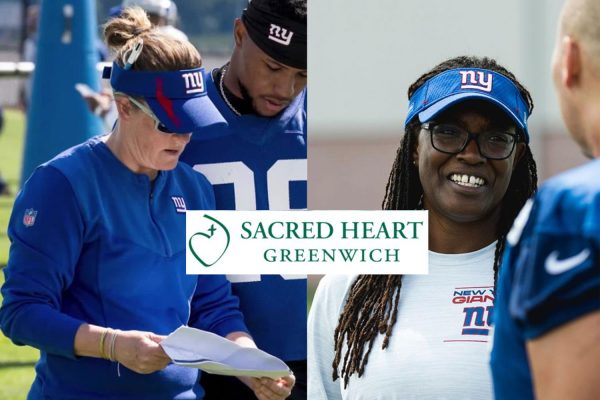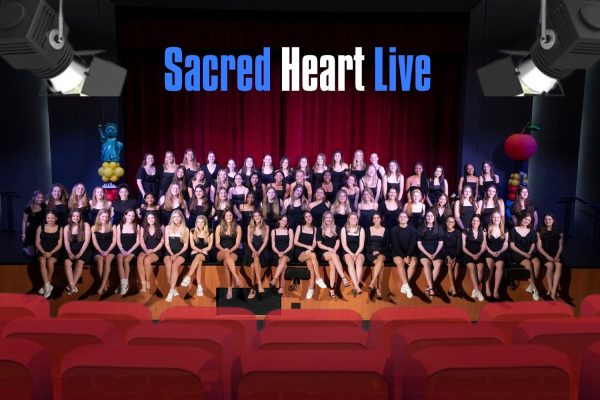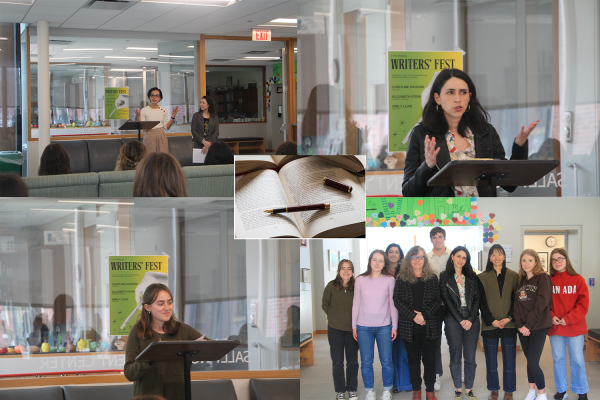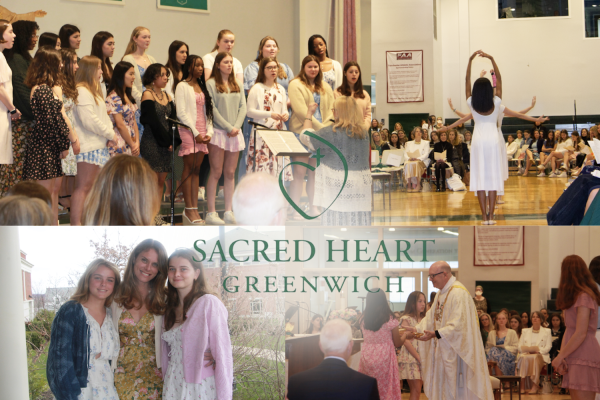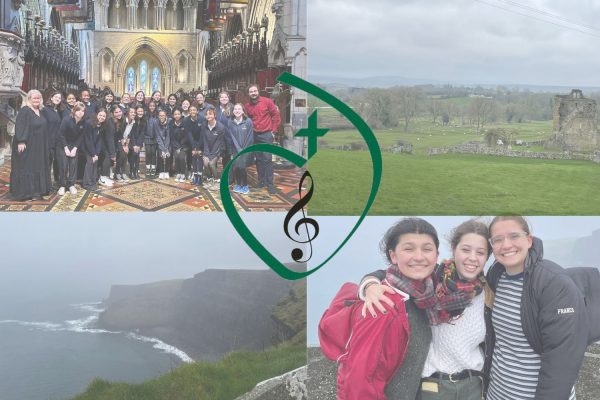The Student Diversity Leadership Conference ignites racial and social change
Students explore the theme of “We the People” at the annual Student Diversity Leadership Conference.
Over 1,700 students from independent schools from across the country traveled to San Antonio, Texas for the annual Student Diversity Leadership Conference (SDLC) November 30 to December 3. Adult facilitators led the conference as they brought multicultural and multiracial students together to discuss social justice issues, as well as increase their communication and leadership skills. This year’s theme was “We The People: Leveraging Our Community to Preserve Our Humanity,” according to pocc.nais.org. Juniors Caitlin Costello, Camila Oliva, Sophia Sigro, and senior Kass Marrow anticipated this year’s conference and reflected on how the theme ties into their experience.
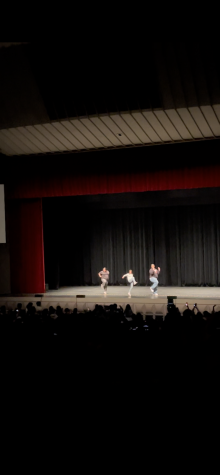
The National Association of Independent Schools (NAIS) created the SDLC more than 25 years ago to gather students from similar cultural backgrounds, helping them self-reflect and build community together, according to research.phoenix.edu. Therefore, the conference gives students a space to find their identities as they are surrounded by other students with similar backgrounds. Prior to attending, Sophia expected to create new friendships and learn about different perspectives.
The conference also focuses on educating students about marginalized groups and encouraging them to raise awareness about the struggles they face. The SDLC explores ways students of color can bring crucial racial and social issues back to their independent school communities to help their peers better understand them. Caitlin expressed why she thinks it is important for students to bring the topics discussed back to their independent schools.
“Oftentimes in a community as sheltered as our own, it is hard to cultivate outside perspectives that are essential to understanding the global population,” Caitlin said. “These perspectives are the key to understanding the roots of our issues and how we can come together, as one, to solve them. If we can acknowledge and understand each other’s opinions, we can achieve a harmonized, unified community. Even though we all have different backgrounds, ethnicities, and opinions, it is important to accept each other and grow in unity.”
When the students arrived at the conference, they split up into groups named after empowering women. There, they spent their time discussing racism, gender, and ability issues. Students also had opportunities to join affinity groups ranging from LGBTQIA+ to Latinx groups. Within these smaller communities, the students shared common stereotypes and obstacles in their daily lives. Caitlin explained how she saw the theme of the SDLC connect with what she learned while attending the conference.
The unity and inclusion continually portrayed by the people facilitating and participating in this year’s Student Diversity Leadership Conference truly embodied the overarching theme,” Caitlin said. “As all people, regardless of race, ethnicity, gender, etc, were consistently pushed to share their individual thoughts and fruitful ideas, the familial bond created over the conference became unbelievably strong. The humanity of each uniquely individual person was honored throughout each and every exercise in both small and large group assemblies.”
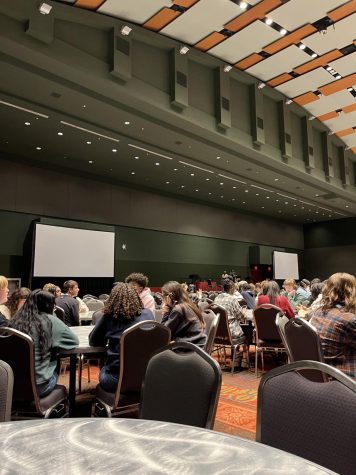
Throughout the course of the conference, the students learned about important issues regarding race, gender, and sexual orientation. The SDLC provided tools to help them find their true identities through the forming of bonds among students from schools all over the country. Through their activities which varied from silent movements to a talent show, students expressed themselves freely with the guidance of their adult facilitators. The silent movement provided a judgment-free space for students to identify their diverse backgrounds and the talent show allowed students to share their talents with a supportive crowd of students. Sophia discussed how these activities introduced her to eye-opening experiences.
“A specific experience was learning that a fellow adoptee was told she was unwanted by her biological family from one of her classmates,” Sophia said. “I have never had anything like that said to me, and it stuck with me because she was telling me how it impacted her, and that she was greatly affected by this statement made about her by someone who didn’t know her or her story. It impacted my experience because it made me realize that I had so much privilege growing up around people that knew my story, and never discriminated against me like that.”
The SDLC offers students of color an opportunity to share their personal experiences. The conference helped build a community that encouraged students to apply their newfound communication skills back to their schools. The quick formation of a community also opened a comfortable space for students to discuss ideas on how to make their independent schools more aware of the lack of recognition of the issues that people of color face in these institutions. Caitlin encouraged other students to attend the conference in the upcoming years.
“SDLC proved me wrong as I felt that I would not ‘fit in’ or ‘apply’ to many topics of conversation,” Caitlin said. “Retrospectively, SDLC has connected me to so many insightful individuals and sacred stories that I will eternally treasure.”
Featured Image by Camila Oliva ’24
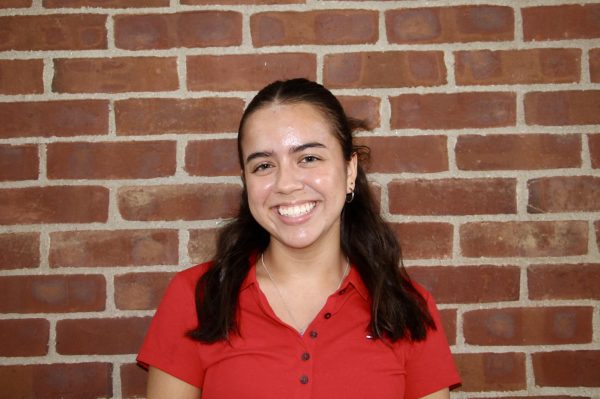
Camila is thrilled to return to the King Street Chronicle for her last year as Content Editor and Podcast Editor. This year, she looks forward to collaborating...

